BA.5: Is it time to step up the COVID fight again?
The sharpest opinions on the debate from around the web
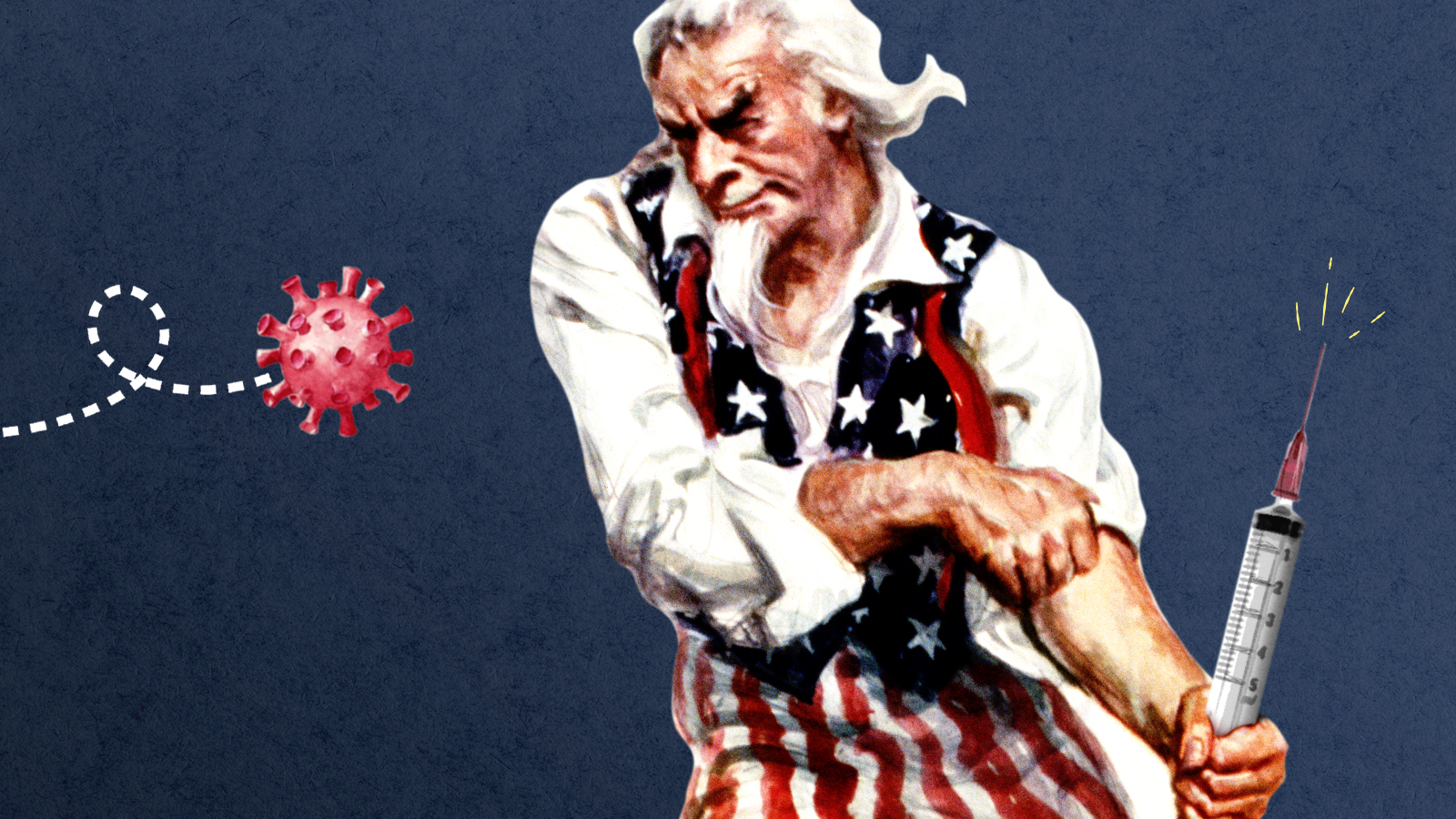

Coronavirus cases are rising fast as the extremely infectious Omicron subvariant BA.5 spreads across the United States, just when most Americans have started feeling comfortable getting back to a pre-pandemic style of living. The number of new cases has risen slowly to more than 130,000 per day. That's a 15 percent increase over last week, and it's likely a huge undercount given how many people are using at-home tests and not reporting their results to public-health authorities. Some experts think there could be up to 1 million new infections daily. Hospitalizations remain lower than previous waves, with 41,000 people across the U.S. currently hospitalized with the virus, but admissions are up 8.1 percent compared to a week ago. Deaths remain low but rising, with the seven-day average reaching 438, an increase of 33.9 percent over last week.
Unlike previous strains, BA.5 is infecting the vaccinated and unvaccinated alike, although people who are vaccinated and boosted remain far more likely to avoid hospitalization and death. This Omicron subvariant also is reinfecting people, sometimes quickly after they kick a previous COVID-19 case, unlike previous variants that left patients with strong immunity after an infection. Public-health officials in areas with high infection rates, including an increasing number of counties in California, are considering imposing new mask mandates to bring down infection rates. Is it time for the whole nation to ramp up the COVID-19 precautions again?
It's time to intensify the COVID fight again
If you like the recent return to something resembling "pre-pandemic times," says The Virginian-Pilot in an editorial, you'd better get serious about COVID prevention again. "As much as we'd all like to put the pandemic squarely in the rearview mirror, the virus continues to circulate, continues to infect, and continues to kill." Infections are surging in more and more places, and the fall and winter surge could be bad. The good news is that we all know the drill. We have to ensure that "local health officials and health facilities have what they need to fight the virus — vaccines, therapeutics, personal protective equipment, etc." And every one of us has to pitch in "by staying up to date on vaccinations and boosters, paying attention to case numbers, and mitigating their behavior when appropriate." The bad news is that "COVID isn't done with us — and likely never will be." So let's get to work on protecting ourselves and our communities, together.
The Week
Escape your echo chamber. Get the facts behind the news, plus analysis from multiple perspectives.

Sign up for The Week's Free Newsletters
From our morning news briefing to a weekly Good News Newsletter, get the best of The Week delivered directly to your inbox.
From our morning news briefing to a weekly Good News Newsletter, get the best of The Week delivered directly to your inbox.
Complacency is our biggest enemy
We indeed know what we have to do, says Katherine J. Wu at The Atlantic, but so far "our countermoves are sluggish at best." Pathogens can't spread or mutate "without first inhabiting hosts," and we are the hosts. That means changing our behavior is the key to getting through the next wave. "But with masks, distancing, travel restrictions, and other protective measures almost entirely vanished, 'we've given the virus every opportunity to keep doing this,' says David Martinez, a viral immunologist at the University of North Carolina at Chapel Hill." It's true that BA.5 is causing relatively fewer severe COVID-19 cases and deaths than the original variant, or the Delta and Omicron waves. "But a high rate of infections is keeping us in the vicious viral-evolution cycle." We all want to get back to normal. "But without doing something about infection, we can't slow the COVID treadmill we've found ourselves on."
Changing behavior is just part of the solution
"The CDC has failed to warn Americans about the high risk of BA.5 spread," says Eric J. Topol in the Los Angeles Times. There is indeed a lot we can do to slow the spread, even of a subvariant as slippery as BA.5, "by use of high-quality masks, physical distancing, ventilation, air filtration, and booster vaccines." And we definitely need to apply more "money, pressure, and government strength to the creation of a variant-proof vaccine." But the "leakiness" of the vaccines and boosters we have now needs to be "patched," and we can do that with nasal spray vaccines. There are three of them in late-stage randomized clinical trials. "Such vaccines achieve mucosal immunity, protecting against the entry of the virus into our upper airway, which shots are incapable of achieving for any durable basis, especially as the virus has evolved. Nasal sprays, like a variant-proof vaccine, deserve an Operation Warp Speed-like program to accelerate their success."
Booster campaigns are critical
Don't discount the importance of wide-scale booster campaigns, says Melody Schreiber at The New Republic. Due to the "politicization" of the pandemic, white Americans are one of the least vaccinated groups, yet, "after adjusting for age disparities in the underlying population, people of color are still dying at higher rates across all age groups as compared to white people. Indigenous people are more than two times likelier than white counterparts to die from COVID-19. Black Americans are 1.7 times more likely, Hispanic Americans 1.8 times, and Asian Americans 0.8 times, according to data from the U.S. Centers for Disease Control and Prevention." One reason for this is that elderly and nonwhite people are less likely to get boosters, either because they are not aware they are eligible or because mass-vaccination centers shut down as pandemic concerns eased. The new subvariants are causing so many breakthrough infections that boosters are necessary to make sure that vaccinated people have as much protection as possible. As national coverage for tests and treatment expires, getting boosted is more important than ever.
Exaggerating the threat won't help
"There's no need to panic over BA.5," says the Chicago Sun-Times in an editorial. Just stay informed and, even if it makes you "grumble," follow "the advice of public health officials to wear a mask indoors when around others" if you're in an area where the level of infections warrants it. "Do it for ourselves and for the people we come in contact with, especially those at greater risk of serious illness because of age or pre-existing conditions." Yes, there's the possibility of a fall wave, but by then "booster shots targeting the Omicron subvariants are expected to become available, which is good news." And young people are now eligible to get shots to give them a measure of protection against the coronavirus. So far vaccination rates for little ones are low, at just 4 percent for Chicago residents up to age 4, but everything we do helps. "BA.5 is spreading, but we can make smart choices to keep it at bay."
A free daily email with the biggest news stories of the day – and the best features from TheWeek.com
We shouldn't let BA.5 change our lives
"Lulls followed by surges are the new normal," says Leana S. Wen in The Washington Post. Our health officials should send the message that "as long as hospitals are not overwhelmed and vaccines still work to prevent severe illness, policies should focus on minimizing disruption to daily life." After more than two years, many people need a break from restrictions. "It's unreasonable to ask Americans to forgo traveling, going to restaurants or attending weddings to prevent what for most people will likely be mild illness." Mask mandates and other broad restrictions "should be reserved for dire emergencies, which we are not in now. Instead, officials should scale up interventions that have broad support, such as testing, treatment, and improved ventilation." The pandemic isn't over, and it "could have many more surprises in the years ahead." Some day we might face a new variant that is more lethal and bulletproof against existing vaccines and treatments. "Health officials need to preserve their credibility to call for an emergency response when it's truly needed. That time is not now with the BA.5 variant."
Harold Maass is a contributing editor at The Week. He has been writing for The Week since the 2001 debut of the U.S. print edition and served as editor of TheWeek.com when it launched in 2008. Harold started his career as a newspaper reporter in South Florida and Haiti. He has previously worked for a variety of news outlets, including The Miami Herald, ABC News and Fox News, and for several years wrote a daily roundup of financial news for The Week and Yahoo Finance.
-
 Can Mike Johnson keep his job?
Can Mike Johnson keep his job?Today's Big Question GOP women come after the House leader
-
 A postapocalyptic trip to Sin City, a peek inside Taylor Swift’s “Eras” tour, and an explicit hockey romance in December TV
A postapocalyptic trip to Sin City, a peek inside Taylor Swift’s “Eras” tour, and an explicit hockey romance in December TVthe week recommends This month’s new television releases include ‘Fallout,’ ‘Taylor Swift: The End Of An Era’ and ‘Heated Rivalry’
-
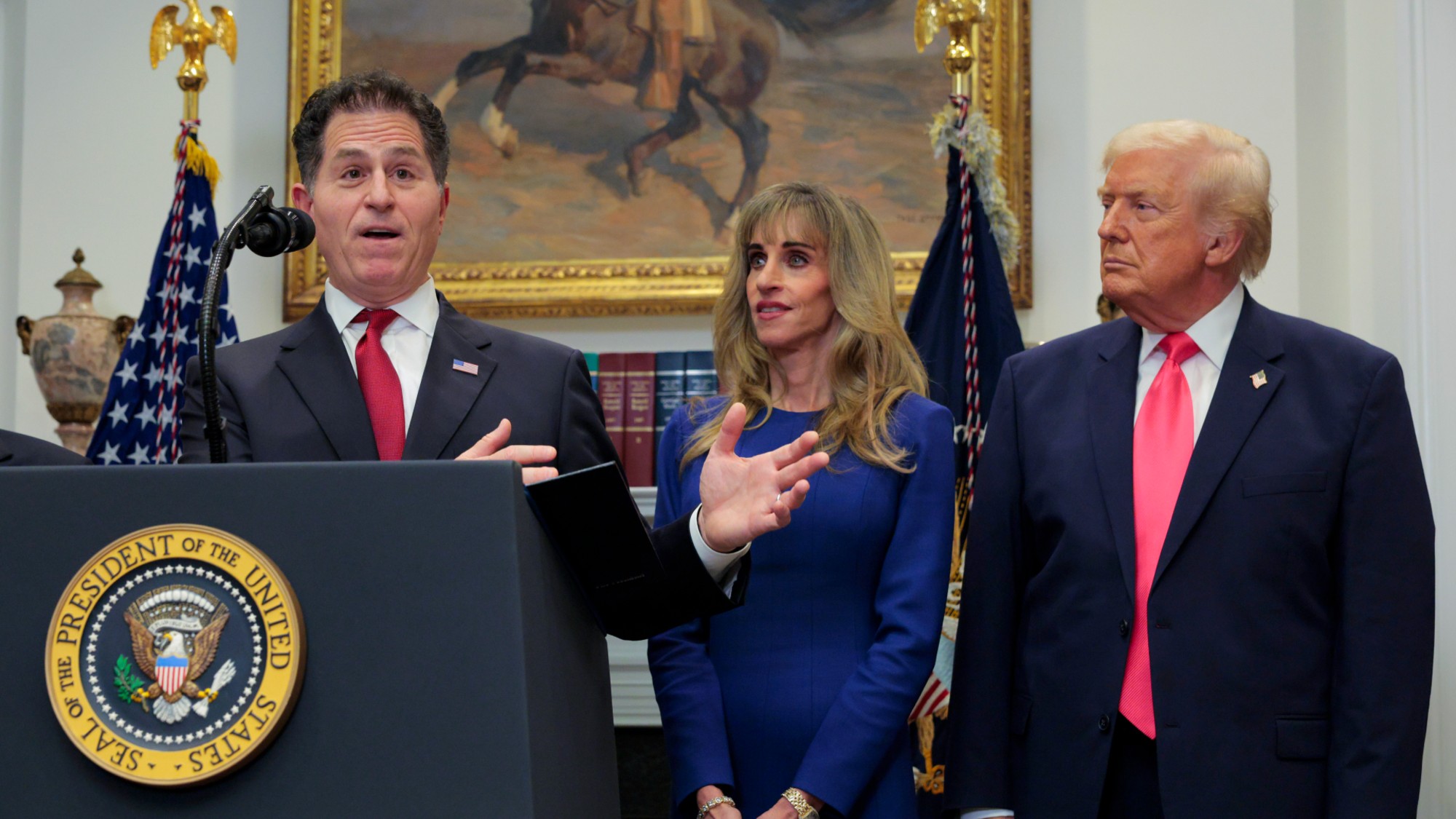 ‘These accounts clearly are designed as a capitalist alternative’
‘These accounts clearly are designed as a capitalist alternative’Instant Opinion Opinion, comment and editorials of the day
-
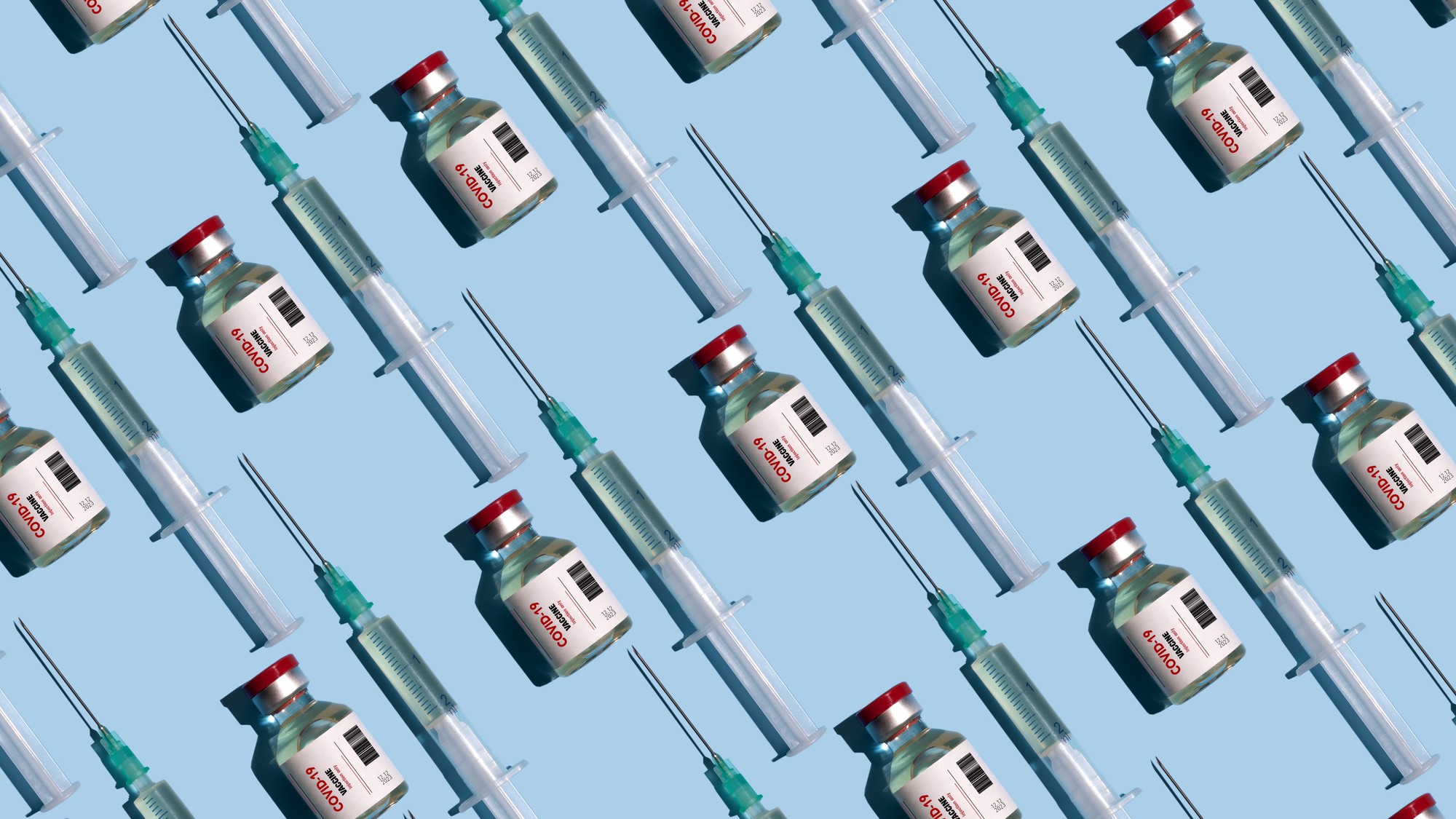 Covid-19 mRNA vaccines could help fight cancer
Covid-19 mRNA vaccines could help fight cancerUnder the radar They boost the immune system
-
 The new Stratus Covid strain – and why it’s on the rise
The new Stratus Covid strain – and why it’s on the riseThe Explainer ‘No evidence’ new variant is more dangerous or that vaccines won’t work against it, say UK health experts
-
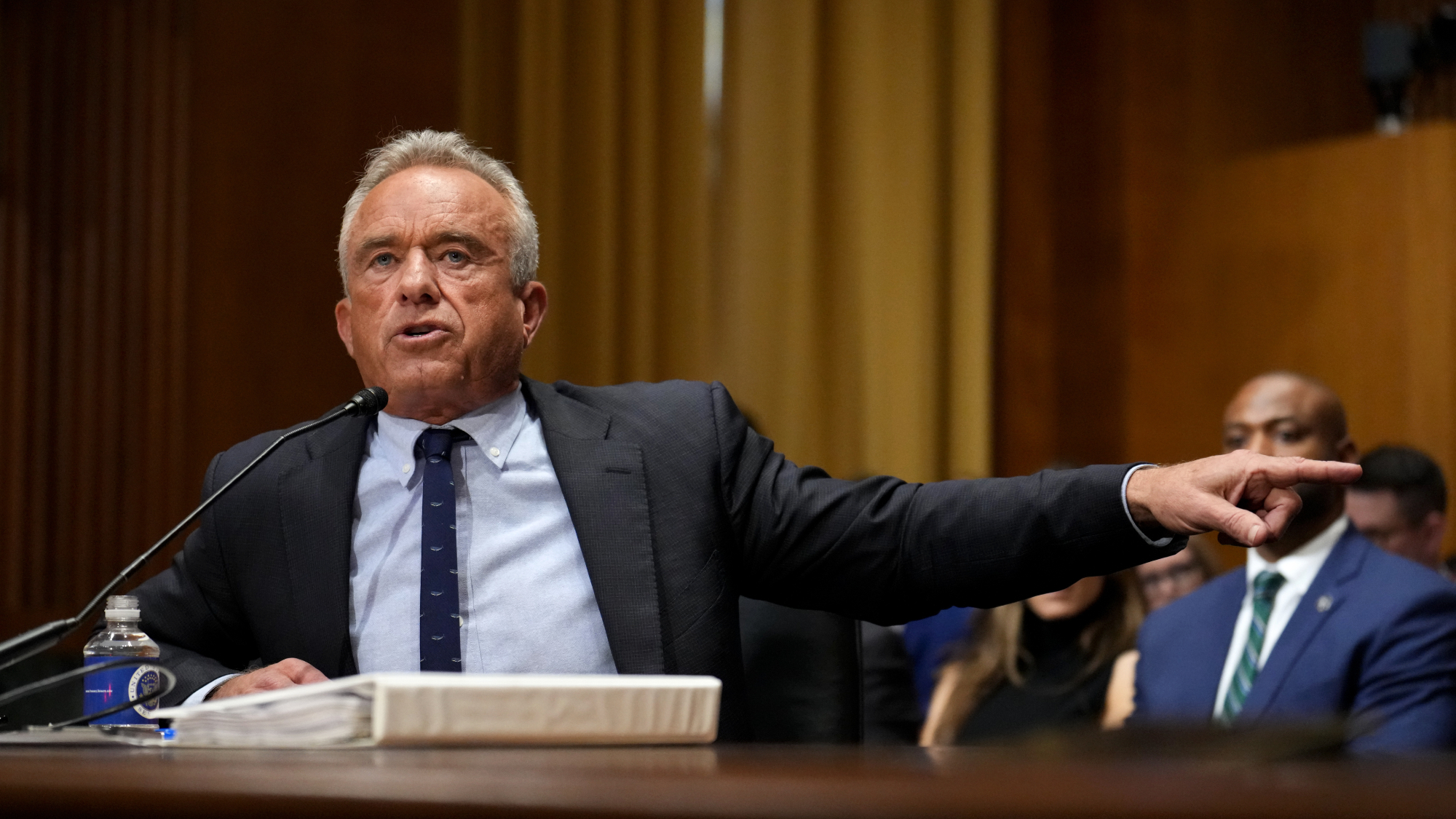 RFK Jr. vaccine panel advises restricting MMRV shot
RFK Jr. vaccine panel advises restricting MMRV shotSpeed Read The committee voted to restrict access to a childhood vaccine against chickenpox
-
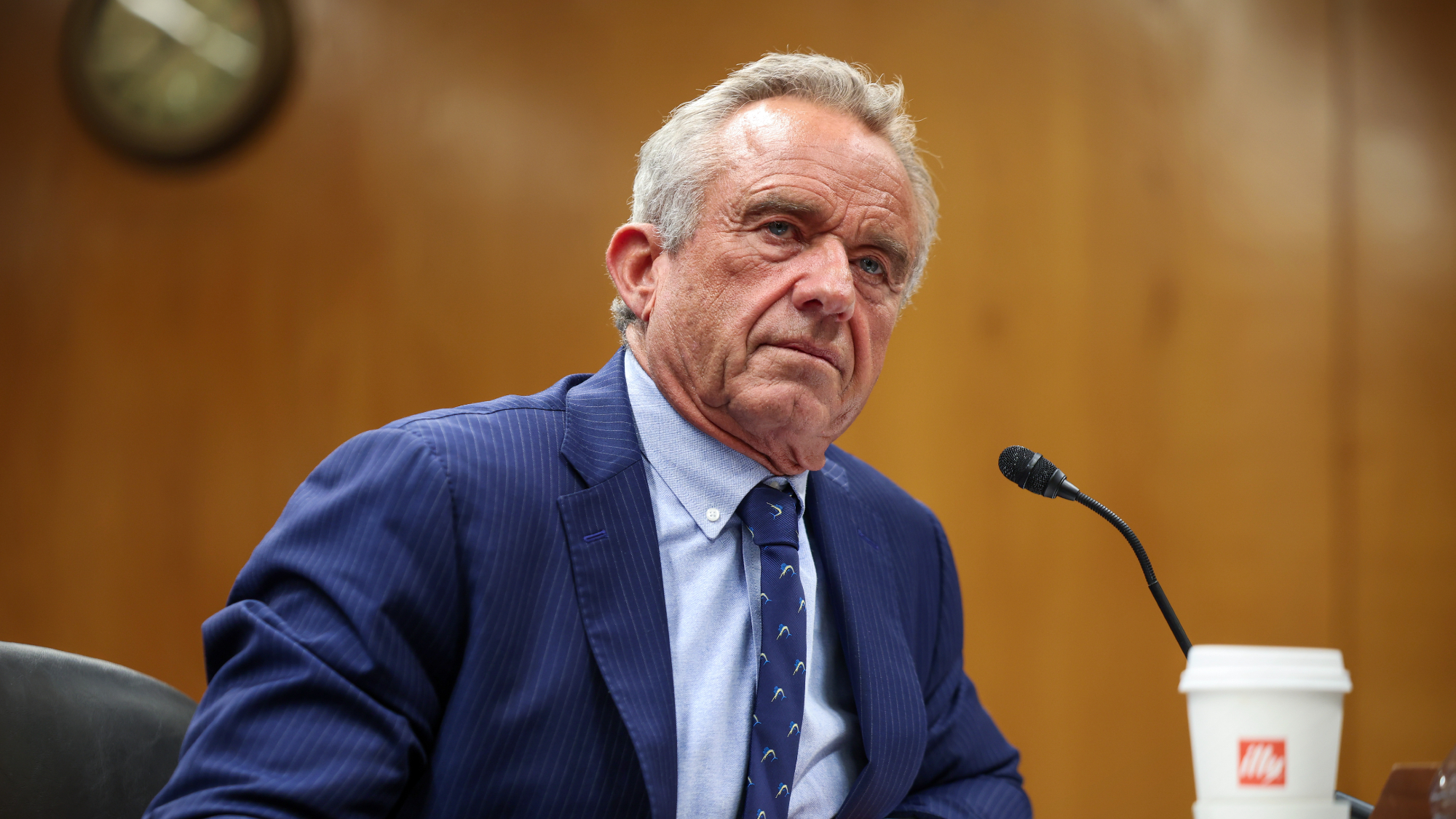 RFK Jr. scraps Covid shots for pregnant women, kids
RFK Jr. scraps Covid shots for pregnant women, kidsSpeed Read The Health Secretary announced a policy change without informing CDC officials
-
 New FDA chiefs limit Covid-19 shots to elderly, sick
New FDA chiefs limit Covid-19 shots to elderly, sickspeed read The FDA set stricter approval standards for booster shots
-
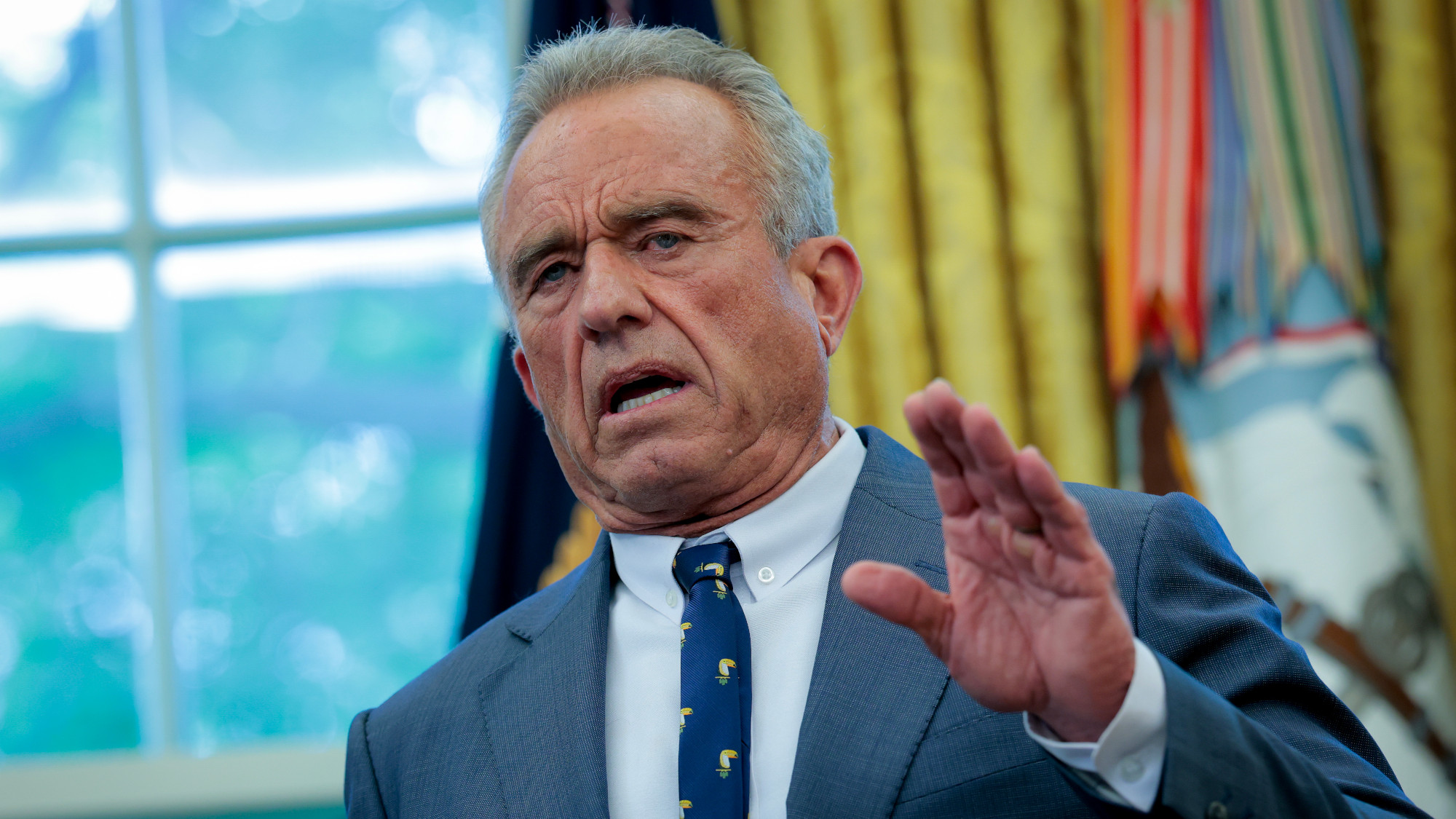 RFK Jr.: A new plan for sabotaging vaccines
RFK Jr.: A new plan for sabotaging vaccinesFeature The Health Secretary announced changes to vaccine testing and asks Americans to 'do your own research'
-
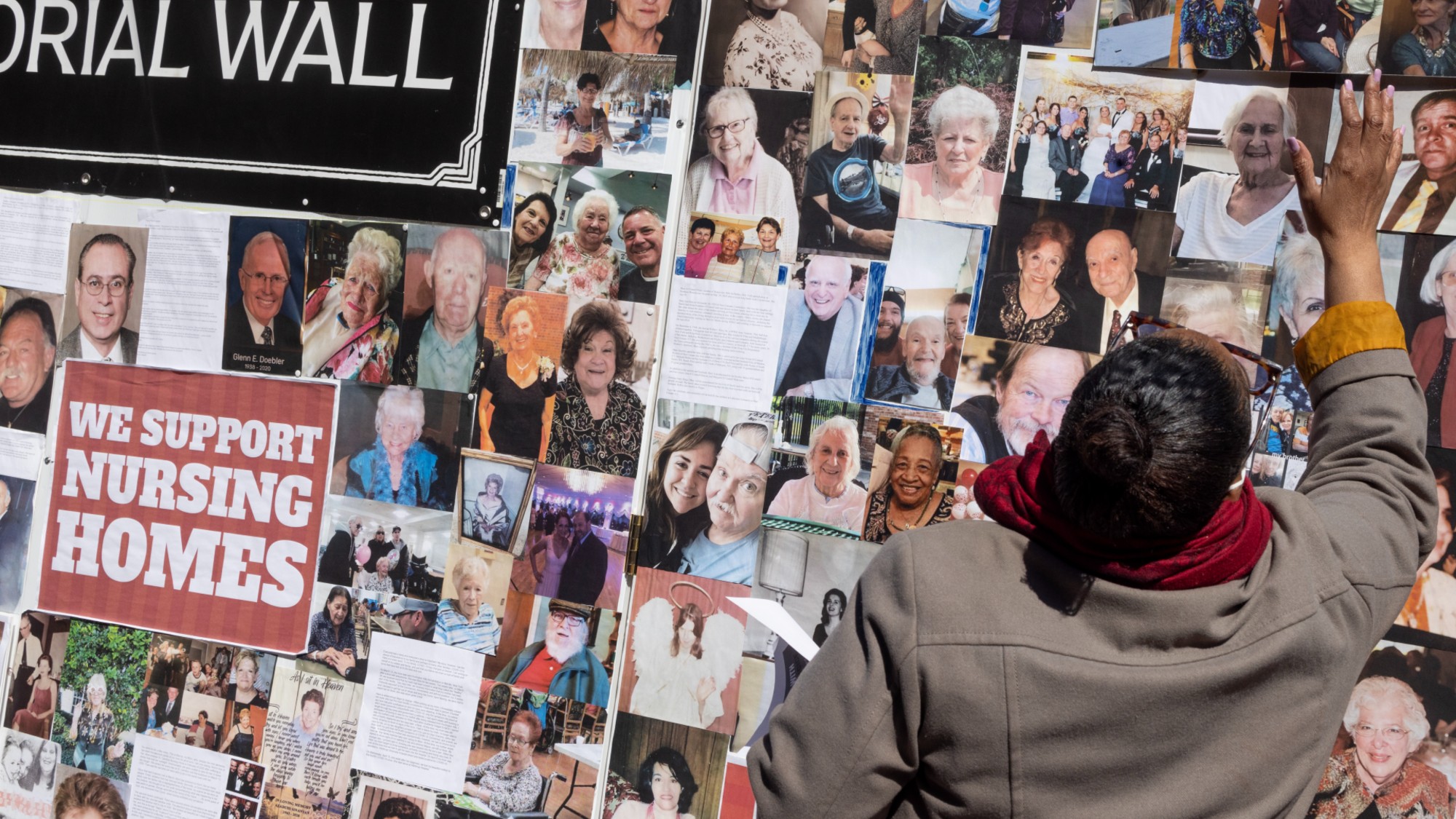 Five years on: How Covid changed everything
Five years on: How Covid changed everythingFeature We seem to have collectively forgotten Covid’s horrors, but they have completely reshaped politics
-
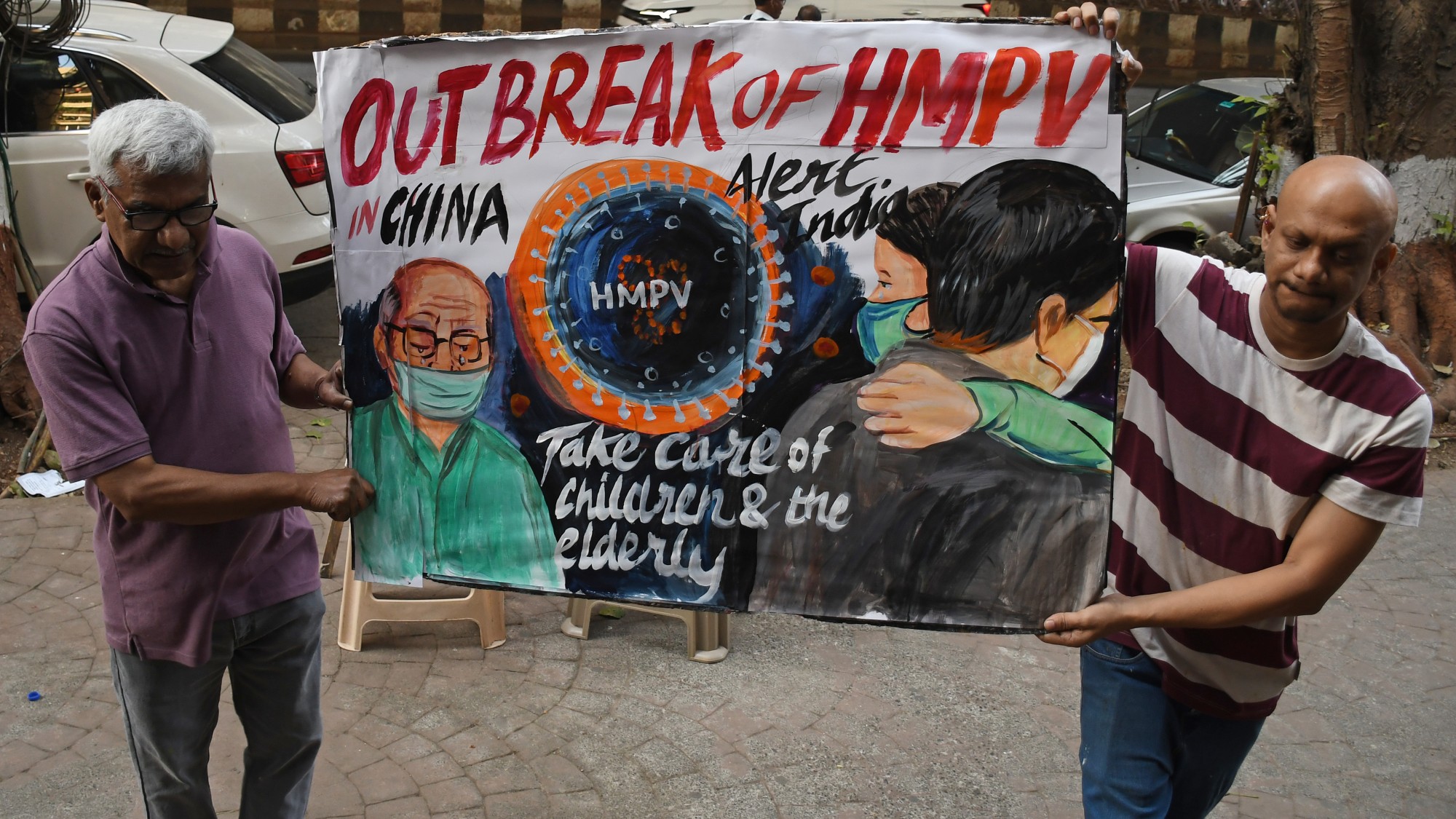 HMPV is spreading in China but there's no need to worry
HMPV is spreading in China but there's no need to worryThe Explainer Respiratory illness is common in winter
